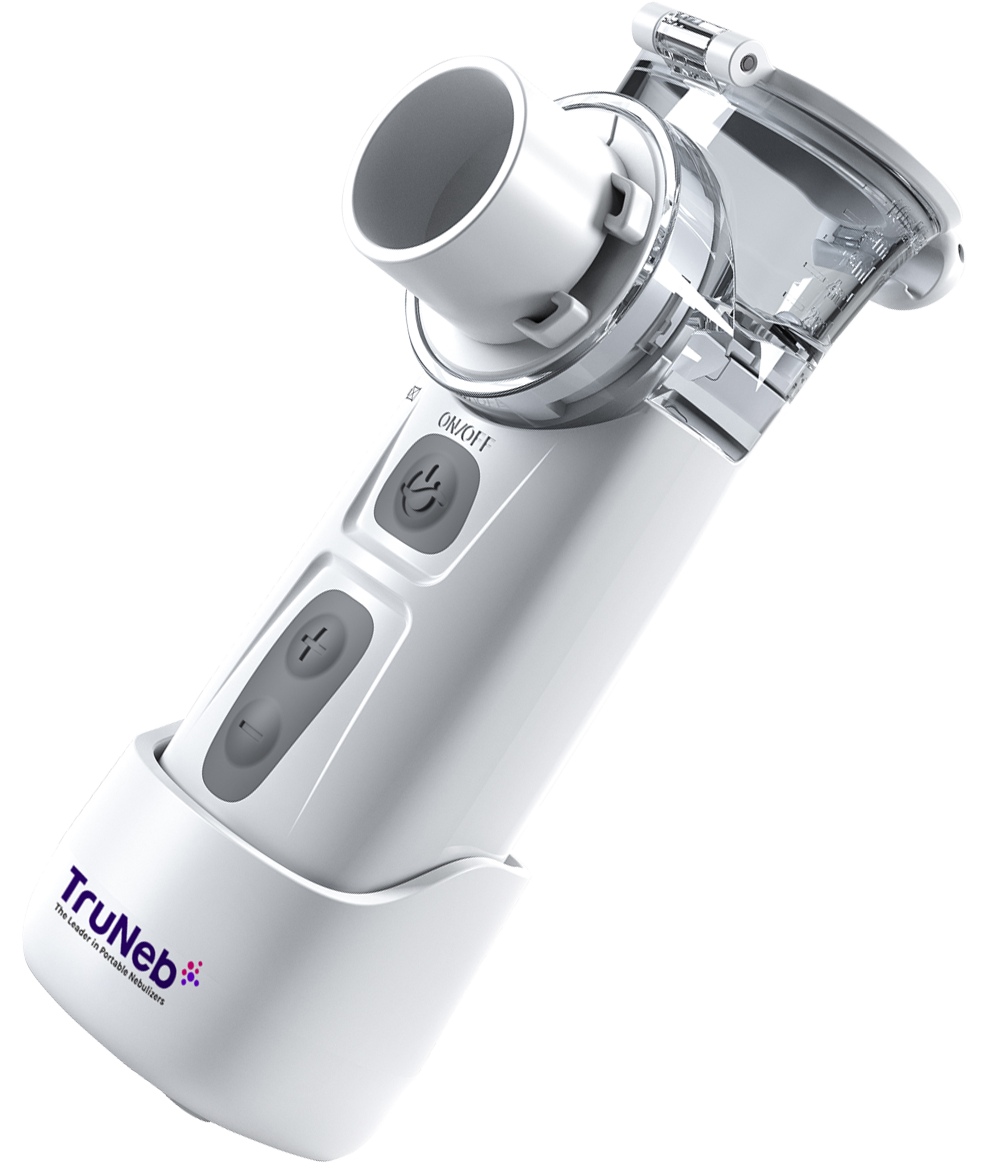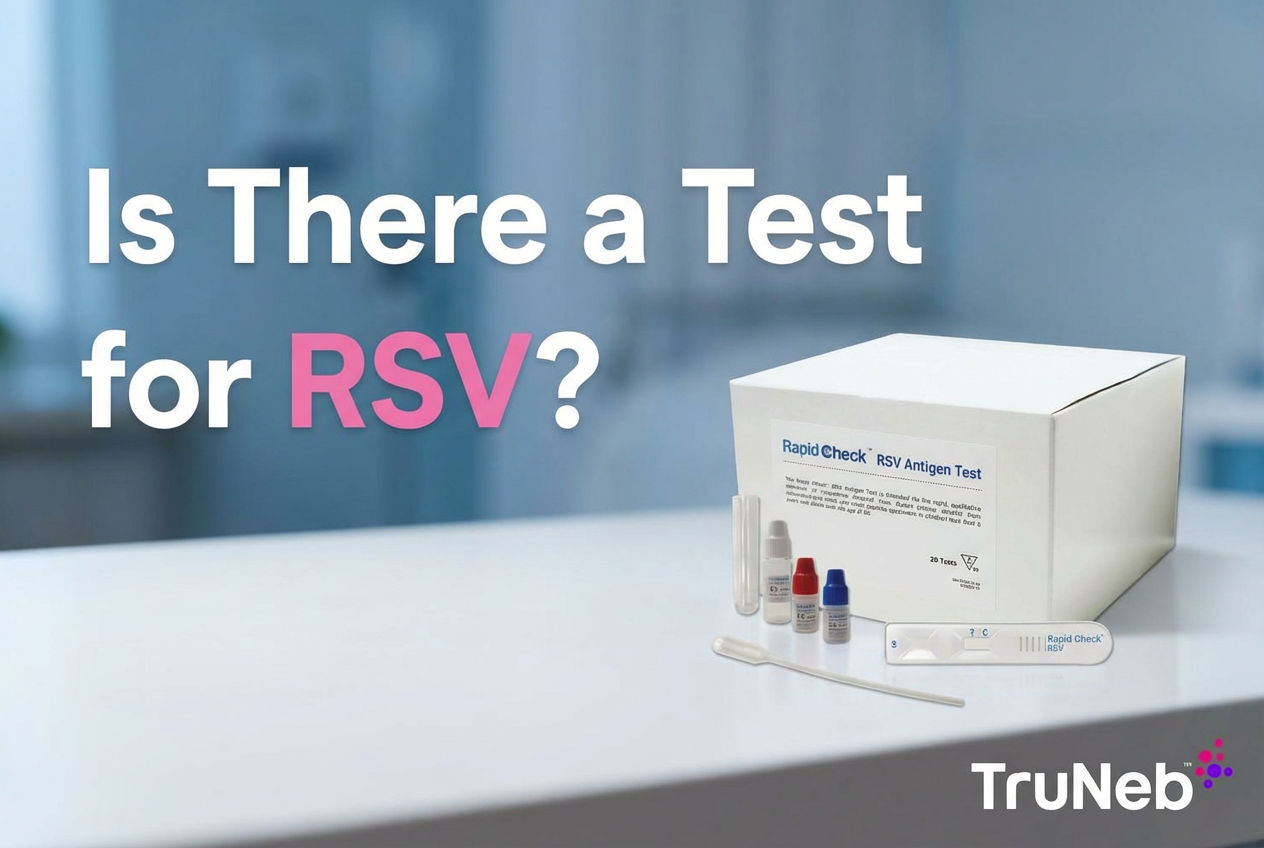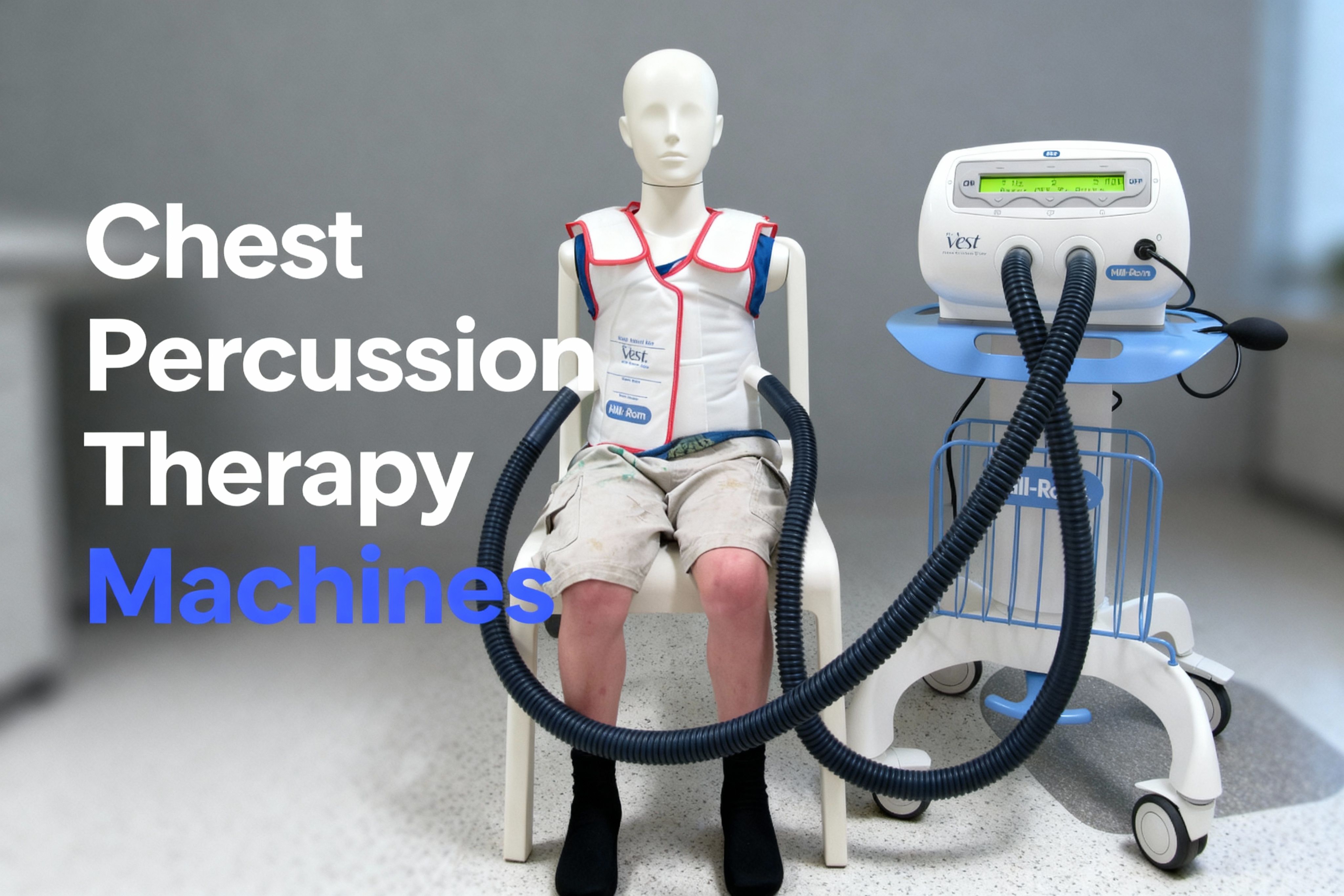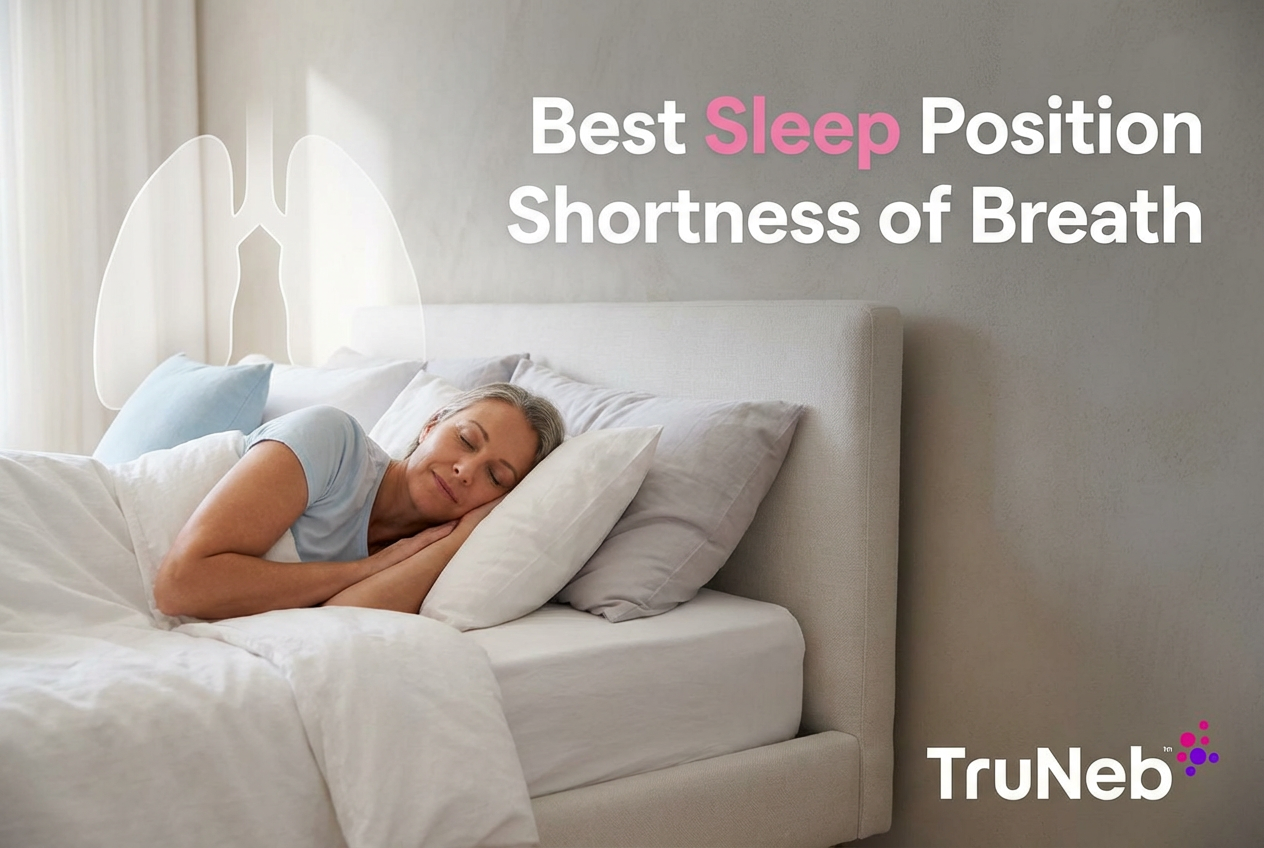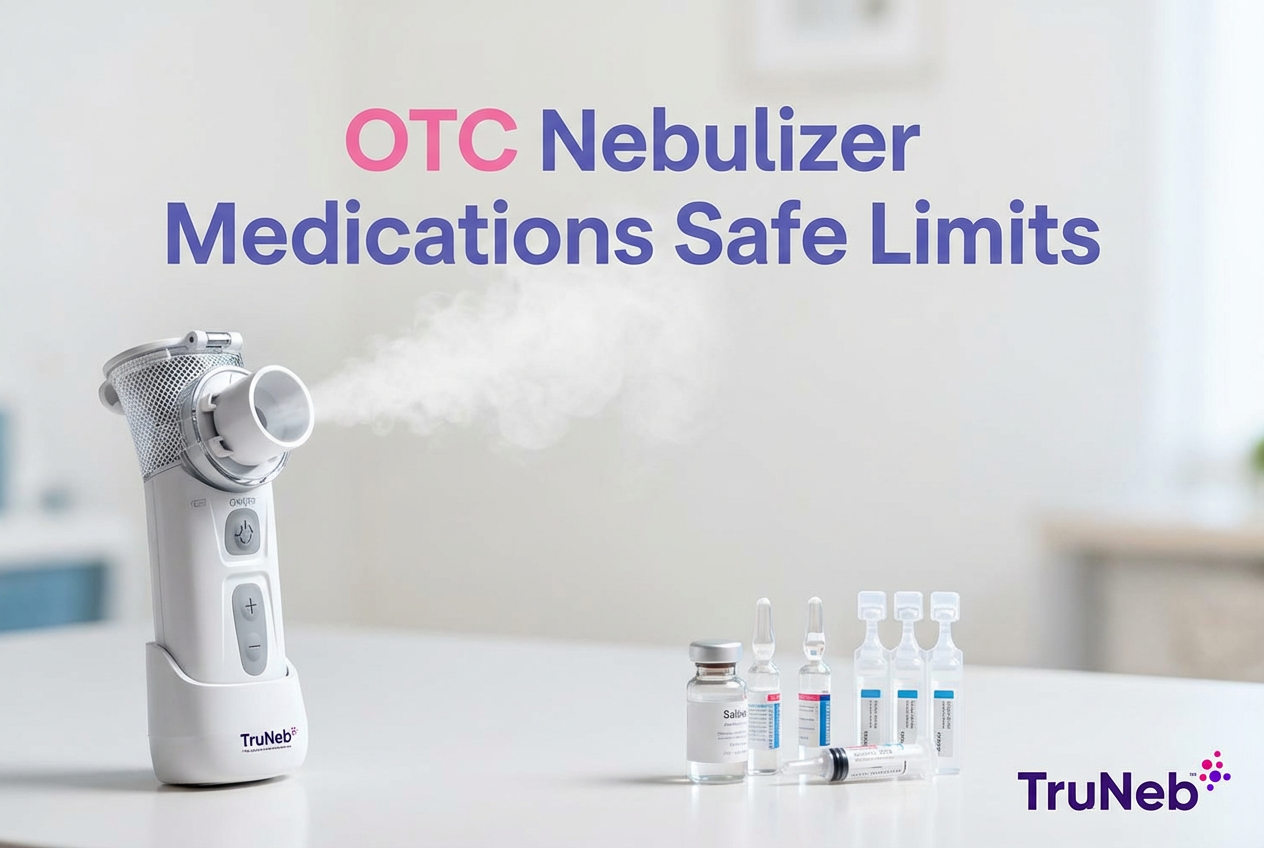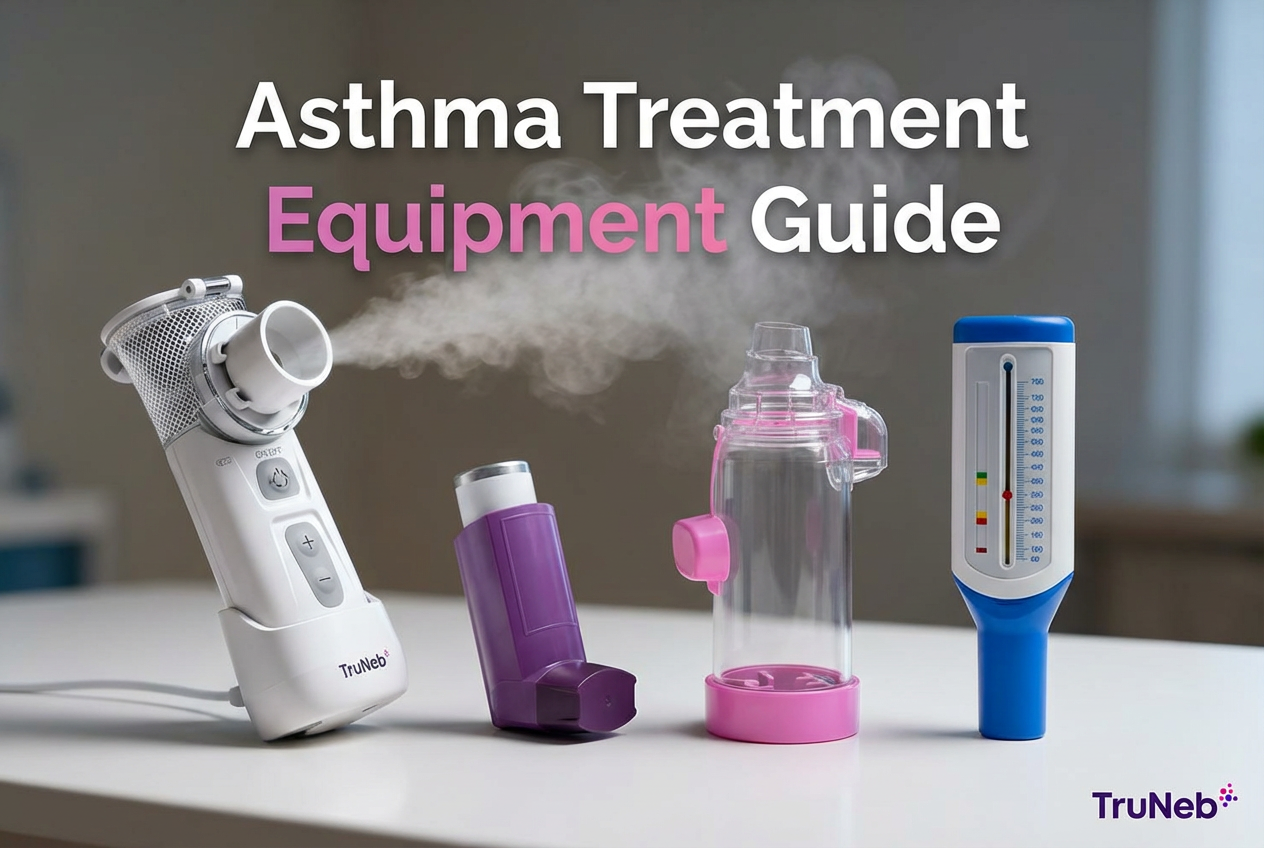On this page

Incentive Spirometer vs Peak Flow Meter: What’s the Difference?
An incentive spirometer is a device you breathe in through to fill your lungs, while a peak flow meter is a device you blow into to see how fast air comes out.
In short, the difference between incentive spirometer and peak flow meter is that you inhale through the spirometer and exhale forcefully into the peak flow meter.
Both tools are small and handheld, but they do different jobs. A peak flow meter measures your peak expiratory flow (PEF) so you can track how quickly air moves out of your lungs over time. An incentive spirometer measures how much air you slowly pull in and encourages deep breaths to help keep your air sacs open.
Neither device delivers medicine. They support your care plan instead of replacing inhalers, nebulizers, or other treatments.
COPD education guides explain this same inhale-versus-exhale difference very clearly.
Quick rule of thumb: a peak flow meter helps you monitor how well your lungs are working, and an incentive spirometer helps you exercise your lungs so they work better.
What Is a Peak Flow Meter?
A peak flow meter is a small plastic tube you blow into as hard and fast as you can. Inside the tube, a marker slides along a numbered scale and shows your peak expiratory flow (PEF) in liters per minute.
Patient guides describe it as an easy way for people with lung disease to see how quickly air can leave their lungs.
Some newer peak flow meters are digital, but they measure the same thing—how fast you can blow air out.
Doctors mainly use peak flow meters for asthma. Your doctor helps you find your personal best number, then sets green, yellow, and red zones around that value. Those zones usually become part of an Asthma Action Plan, so you know what to do when your reading drops below a certain level.
Using a peak flow meter is simple once you learn the steps:
- Stand or sit up straight.
- Move the marker to zero.
- Take a deep breath in.
- Seal your lips tightly around the mouthpiece.
- Blow out as hard and fast as you can.
- Write down the number where the marker stops.
You usually repeat this three times and record the highest value.
These are general steps from patient guides, so always follow the instructions that come with your own peak flow meter and what your doctor shows you.
Make sure you reset the marker to zero before each blow and give a strong, quick effort, or your readings won't be reliable.
Kids around age five and older can usually learn this with practice. Some adults with moderate to severe asthma use a peak flow meter every day, or during flare-ups, depending on their doctor's advice.
Key idea: a peak flow meter is a speed check for your lungs that helps you and your doctor spot breathing problems early.
What Is an Incentive Spirometer?
An incentive spirometer is a clear plastic breathing device you inhale through to practice slow, deep breaths. It usually has a chamber with a piston or ball inside and a flexible tube with a mouthpiece attached.
When you breathe in through the mouthpiece, the ball or piston rises to show how deeply and how steadily you're filling your lungs. Some models let your care team set a goal line so you can see the volume in milliliters you're trying to reach.
Hospitals commonly give incentive spirometers to people after chest, belly, or major bone surgery. Regular deep-breathing practice with the device can help keep tiny air sacs in your lungs from collapsing and can lower the risk of pneumonia while you're sore and moving less.
A nurse or respiratory therapist will usually teach you how to use it:
- Sit up as straight as you can.
- Breathe out normally.
- Place the mouthpiece in your mouth and seal your lips.
- Slowly breathe in as deeply as you can, watching the marker rise.
- Hold your breath for about 3 to 5 seconds if you're able.
- Relax and breathe out normally.
Hospital instructions from sources like MedlinePlus suggest aiming for about 10 slow breaths every hour while you're awake, but the exact routine should come from your own care team.
These are general steps from patient guides. If your doctor's instructions are different, always follow those instead.
Don't blow into an incentive spirometer—it's only for slowly inhaling.
People with chronic lung diseases like COPD, pulmonary fibrosis, or cystic fibrosis may use an incentive spirometer at home as a gentle lung exercise if their doctor or respiratory therapist adds it to their plan as part of a larger treatment program. For COPD and similar conditions, these tools are usually extras alongside medicines, oxygen, and exercise programs, not stand-alone treatments.
It's normal to feel a little light-headed during a session; if that happens, pause and breathe normally before trying again.
Simple takeaway: an incentive spirometer is a lung exercise tool that helps keep your lungs open when pain or illness makes it harder to breathe deeply on your own.
Peak Flow vs Incentive Spirometer: Key Differences
Here is a quick side-by-side look at the difference between a peak flow meter and an incentive spirometer.
Peak flow meter vs incentive spirometer comparison
| Feature | Peak flow meter | Incentive spirometer |
|---|---|---|
| What it measures | Speed of air as you blow out (peak expiratory flow in L/min) | Volume of air you slowly breathe in (inspiratory volume in mL) |
| How you use it | Take a deep breath in, then blow out hard and fast | Breathe out normally, then slowly inhale as deeply as you can |
| Main purpose | Track airway narrowing over time, mainly in asthma | Help prevent lung collapse and pneumonia, especially after surgery |
| Typical users | People with asthma following an Asthma Action Plan at home | People after chest, belly, or major surgery; some with chronic lung disease in rehab |
| How often it's used | Examples from patient guides: once or twice a day, or when symptoms change, as your doctor directs | Examples from patient guides: about 10 slow breaths every waking hour during recovery, as your care team directs |
| What you see | A single number to compare with your personal best or zones | A goal volume and a visual target to show how deeply you inhale |
Easy way to remember: a peak flow meter is like a speedometer for your lungs, and an incentive spirometer is like a gym workout for your lungs.
When to Use Each Device
Choosing between an incentive spirometer and a peak flow meter depends on what's going on with your lungs.
Asthma or Daily Home Monitoring
For most people with asthma, the main home device is a peak flow meter. It can show drops in your lung function even before you feel very short of breath, which helps you follow the steps in your Asthma Action Plan and know when to call your doctor.
An incentive spirometer isn't a rescue tool for asthma symptoms. It doesn't replace quick-relief inhalers or nebulizer treatments.
After Surgery or During Long Bed Rest
If you're recovering from major surgery or have been in bed a lot, an incentive spirometer is usually the device your team will focus on. Regular deep-breathing practice with it can help reopen the lungs and can lower the risk of post-op pneumonia.
A peak flow meter doesn't help your lungs reopen after surgery, so it's rarely used in that setting.
Chronic Lung Conditions Like COPD, Bronchiectasis, or Pulmonary Fibrosis
In COPD and other long-term lung diseases, your doctor or respiratory therapist might use both tools in specific situations. Some people work with a respiratory therapist who adds incentive spirometer exercises, mucus-clearing devices, and walking programs as part of pulmonary rehab. Other people use a peak flow meter if there's an asthma component or big day-to-day swings, especially in diseases like bronchiectasis, pulmonary fibrosis, or cystic fibrosis.
For these complex conditions, your care team will tell you which device matters most in your case and how it fits with your inhalers, oxygen, or nebulizer treatments. For COPD and similar conditions, these tools are usually extras alongside medicines, oxygen, and exercise programs, not stand-alone treatments.
In simple terms: peak flow meters shine in day-to-day monitoring, and incentive spirometers shine in recovery and deep-breathing practice.
Beyond Monitoring: Nebulizers for Medication and Where TruNeb Fits In
Peak flow meters and incentive spirometers help you watch and exercise your lungs, but they don't deliver medicine. When you need medicine or saline mist to reach deep into your lungs, you use a nebulizer instead.
A nebulizer turns liquid medicine into a fine mist you breathe in through a mouthpiece or mask. That mist can carry bronchodilators, inhaled steroids, or saline straight to your airways. Doctors sometimes prescribe hypertonic saline, a salty solution (typically 3% or 7%), to help loosen thick mucus so it's easier to cough out in conditions like cystic fibrosis or bronchiectasis.
The TruNeb™ Portable Mesh Nebulizer is an example of a modern handheld nebulizer that fits into this picture. It uses vibrating mesh technology to create very small mist droplets that can reach deep into your lungs, runs quietly, and is small enough to slip into a bag or pocket. TruNeb can be used with a range of common nebulizer medicines your doctor prescribes, and with hypertonic saline solutions, including TruNeb's own 7% saline option. You don't need a prescription to buy the TruNeb device itself, but prescriptions are still required for most nebulized medications.
You might also see boxes labeled "steam inhaler" near nebulizers—these devices are not meant for breathing prescription medications or hypertonic saline.
In everyday life, you might use a peak flow meter to notice that your asthma is getting worse, follow your action plan, and then take a nebulizer treatment when your doctor has told you to do so. Or you might use an incentive spirometer to open your lungs after surgery and a nebulizer session to bring in medicine or saline mist while those airways are open.
Talk to your doctor before trying any new medication or saline solution in a nebulizer, and ask if a portable mesh nebulizer like TruNeb fits your treatment plan. Plainly put, nebulizers deliver medicine or saline mist into your lungs, while peak flow meters and incentive spirometers only measure or exercise your breathing.
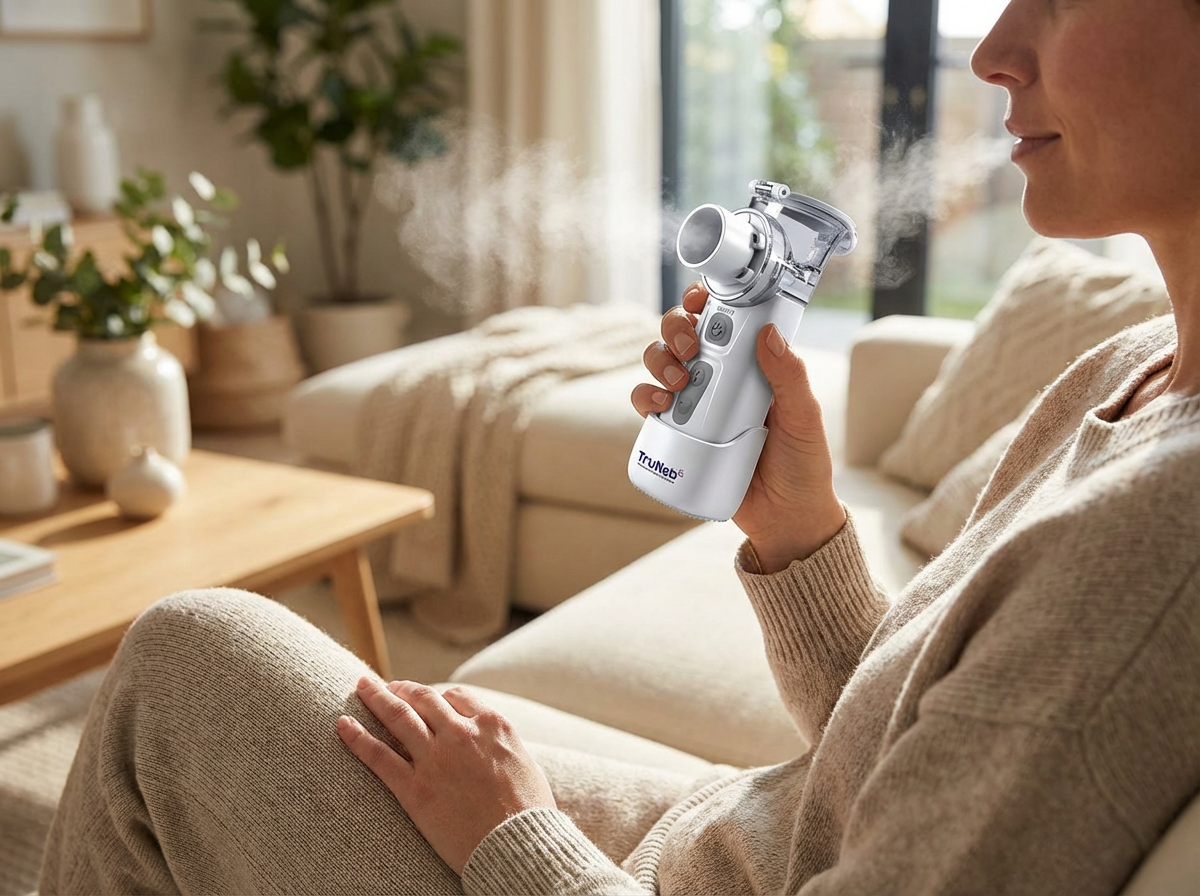
Frequently Asked Questions
Tap or click a question below to see the answer:
Most people only need one of these tools at a time. For example, someone with asthma at home will usually use a peak flow meter and doesn't need an incentive spirometer. Someone recovering from surgery will usually use an incentive spirometer but has no reason to use a peak flow meter. In more complex cases, like a person with chronic lung disease who also had recent surgery, a doctor might suggest using both for a short time.
No. A peak flow meter is a simple home device that measures only your peak expiratory flow, or the fastest speed of air you can blow out. A full spirometry test in a clinic measures several things at once, including how much air you can force out, how fast in the first second (FEV1), and how your lungs respond to medicine. Professional groups explain that spirometry is a more complete test done with larger equipment.
You can, but it isn't a main asthma treatment. Incentive spirometers don't stop an asthma attack and don't replace your inhalers or nebulizer medicines. Some people with asthma may use one as a gentle breathing exercise after a chest infection or as part of a rehab program, but that choice should come from your doctor.
For a peak flow meter, guides usually suggest removing the mouthpiece if it detaches, washing it in warm soapy water, rinsing well, and letting it air-dry fully. For an incentive spirometer, you can typically wipe the mouthpiece and outside parts with mild soap and water or an alcohol pad, then let them dry. Always follow the cleaning steps that come with your own device, and ask your care team if anything is unclear.
Bottom line: your doctor can help you decide which device you actually need and how to care for it so it stays clean and safe.
Bringing It All Together
Incentive spirometers and peak flow meters share one goal: helping you protect your lungs. They just reach that goal in different ways.
A peak flow meter checks how fast air leaves your lungs, mainly to help you and your doctor spot changes in asthma control. An incentive spirometer helps you slowly pull more air in and keep your lungs open during recovery from surgery, illness, or long periods of rest.
When you pair the right device with the right situation and combine it with your inhalers or a nebulizer like TruNeb, you give yourself a clearer picture of how your lungs are doing and more support as they heal. Always ask your doctor which tools belong in your routine and how to use them alongside your prescribed treatments.
Simple reminder: the best results come from using these devices correctly, cleaning them regularly, and following your doctor’s guidance.
Sources
Here are the main sources used to support this guide:
- COPD Foundation Q&A on peak flow meters and incentive spirometers.
- Breathe Live Fit article on acapella devices, peak flow meters, and incentive spirometers, including definitions, use steps, and asthma zones.
- MedlinePlus patient instructions on using an incentive spirometer and doing lung exercises after surgery.
- WebMD overview of how an incentive spirometer is built and how it measures inhalation.
- Alveofit comparison of peak flow meters, diagnostic spirometers, and incentive spirometers.
- American Academy of Allergy, Asthma & Immunology information on peak flow meters in asthma care.
- Vaistai summary of hypertonic saline solution use.
- TruNeb™ Portable Mesh Nebulizer product information, TruNeb 7% hypertonic saline solution details, and TruNeb device overview.

